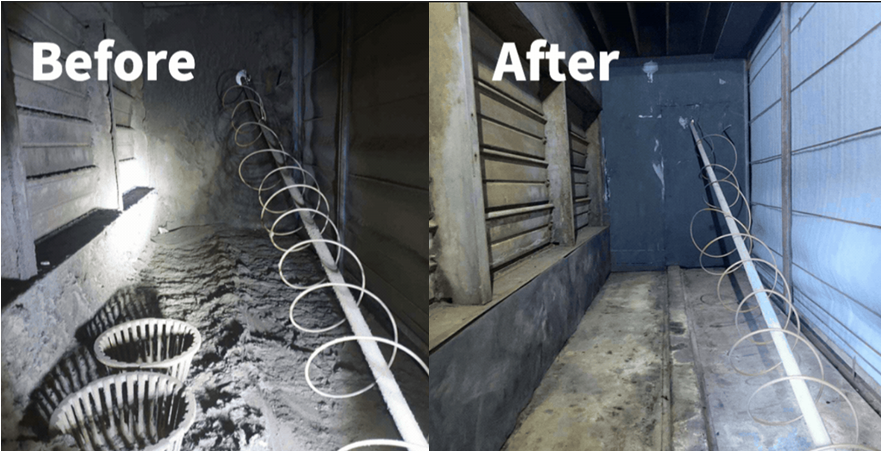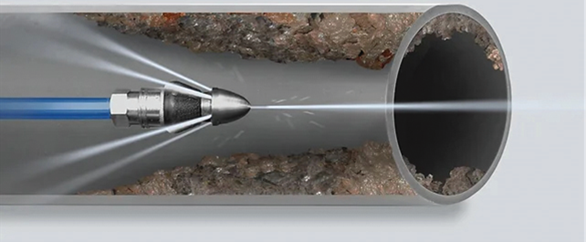HVAC Equipment Refurbishment Helps Save Money
Making capital equipment replacement decisions is never easy, due to the potential impact on budgets, operations, and occupant comfort. If you have...

An important approach to lowering the concentrations of indoor air pollutants or contaminants, including any viruses that may be in the air, is to increase ventilation – the amount of outdoor air coming indoors.
Ensuring proper ventilation with outside air can help reduce the concentration of airborne contaminants (including viruses) indoors. Proper ventilation also reduces surface contamination by removing some virus particles before they fall out of the air and land on surfaces.
Given the concern about airborne virus transmission, building managers, safety experts, and other facility professionals can take steps to optimize ventilation and airflow indoors and limit viral spread.
HVAC systems can potentially spread a virus across rooms when high-speed air flows past an infected person to others. A few control-setting changes and upgrades may help decrease the risk of spread through this route, including:
One step that technicians take is balancing ducted HVAC systems to increase the rate of exchange with fresh air from outside the building to reduce recirculation.
Adjusting the settings may also help. Instead of shutting down overnight or on weekends, the HVAC could run without interruption to increase the replacement of air and minimize airflow speeds. HVAC systems modified to run continuously (on a 24-hour schedule) will increase the percent of outside air brought indoors. This change increases energy costs, but maximizes the amount of ventilation air into the buildings, thereby increasing the number of outside air changes before, during, and after building occupancy.
This is monitored and controlled remotely through the use of smart building control systems, but those controls need to be functioning properly and have up-to-date settings. You’d be surprised at how often we find outdated or non-working automated building controls, which negatively impacts a facility’s healthy air.
While each of these steps may seem technical, a qualified HVAC technician knows exactly what to do to ensure the right amount of fresh air for each building size and type.
To implement these fresh-air settings, start with a visit from one of our commercial/industrial HVAC experts. They can do a quick check of your system to identify adjustments for improving air circulation and air quality. They will also inspect your controls and, if replacements are needed, make the repairs. If you’re not currently using remote access, or if it’s not functioning properly, our technicians will assist with installing or adjusting a building controls system.
For more information about GEM Service’s HVAC Program:
Sources:
To talk with an HVAC expert, please Complete this simple request form, or call 866.720.2700 for immediate assistance.

Making capital equipment replacement decisions is never easy, due to the potential impact on budgets, operations, and occupant comfort. If you have...

HONORING BLACK HISTORY MONTH IN OUR COMMUNITY In honor of Black History Month we have curated a list of community events not only happening in the...

Hydro Jetting is Now Available from GEM Service